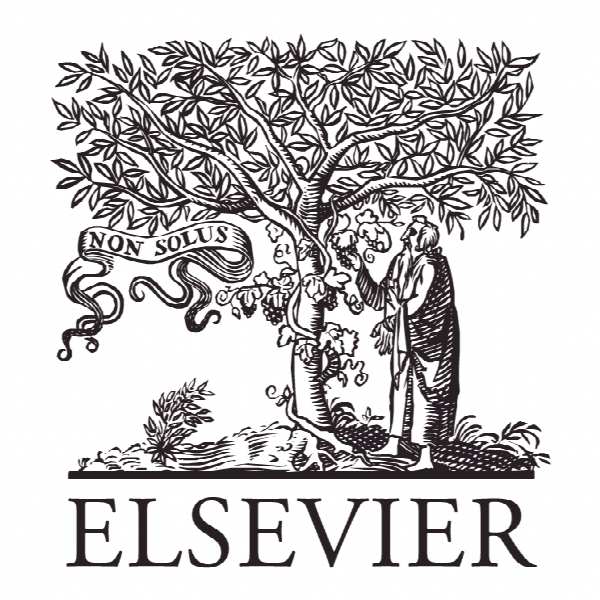جریان انتقال حرارت ابر همرفتی نانوسیال در پوشش تمام موجدار متوسط پر منفذ Convective heat transfer flow of nanofluid in a porous medium over wavy surface
- نوع فایل : کتاب
- زبان : انگلیسی
- ناشر : Elsevier
- چاپ و سال / کشور: 2018
توضیحات
رشته های مرتبط مهندسی مکانیک، مهندسی انرژی
گرایش های مرتبط مکانیک سیالات، تاسیسات حرارتی و برودتی، تبدیل انرژی
مجله Physics Letters A
دانشگاه Department of Mathematics – COMSATS University Islamabad – Pakistan
شناسه دیجیتال – doi https://doi.org/10.1016/j.physleta.2018.06.026
منتشر شده در نشریه الزویر
کلمات کلیدی انگلیسی Nanofluid, Porous medium, Convective transfer, Wavy surface
گرایش های مرتبط مکانیک سیالات، تاسیسات حرارتی و برودتی، تبدیل انرژی
مجله Physics Letters A
دانشگاه Department of Mathematics – COMSATS University Islamabad – Pakistan
شناسه دیجیتال – doi https://doi.org/10.1016/j.physleta.2018.06.026
منتشر شده در نشریه الزویر
کلمات کلیدی انگلیسی Nanofluid, Porous medium, Convective transfer, Wavy surface
Description
1. Introduction Porous medium is characterized as a matrix containing pores. The structure of matrix is usually a solid and pores occupied by fluid. Network of pore and the solid matrix are continuous. Mostly, the properties of the medium like permeability, heat capacitance and thermal conductivity are sometime depended on solid matrix, media porosity and pores structure [1–3]. In industry, some processes are qualitatively influenced with deed of heat transfer enhancement. There are numerous ways to advance the efficiency in heat transfer. To improve convection heat transfer, one method is to use a medium which contains of solid matrix with an interconnected void called porous [4]. Transport and permeable media are becoming charming in design and analysis of heat exchanger and heat transfer devices. When the fluid moves through porous media, it contacts its wide area and heat transfer rate is enhanced in fluid due to tortuous shape of media. In addition, porous media is used to cooled or heated the fluids and to improve the thermal conductivity of fluids. Alkam and Al-Nimr [5] introduced a technique to improved convection heat transfer between fluid and tube walls. They used permeable substrates at both inner sides of wall of tubes and noted that coefficient of convective heat transfer is increase 50% in permeable medium as compare to without permeable medium. In another study [6], the flow and heat transfer characteristics of air in permeable media are investigated numerically and experimentally. Both experimental and numerical results illustrate that the convection heat transfer is improved significantly due high thermal conduction of solid metric in porous media. Ozgumus and Mobedi [7] investigated the Newtonian fluid flow in porous media which built by inline array of rectangular rods and calculated the influence of pore to throat size ratio on heat transfer coefficient. Their results show the enhancement in values of Nusselt number due the low pore to throat size ratios because the flow is entered the gaps deeply and walls of solid rectangular rods bands contribute on the heat transfer. Lin et al. [8] studied the effects of different pore size in bidisperse wick on heat transfer performance. Their results showed that the porosity and the permeability is not only factors in performance of heat transfer, but pore size distribution has great influence. Sumirat et al. [9] are discussed the properties of porosity on the thermal conductivity for nanoporous materials and give a way to design with higher or lower thermal conductivity to further used in heat exchanger or heat transfer applications. Nanofluid is an important chemical fluid that is used in industries due to high heat transfer rates. Nanofluid show amazing thermo-physical properties that are not existed in the convective heat transfer fluids like water, oil etc. After discovery of nanofluids, many researches associated with various nanofluid’s applications have been investigated. Some of the applications contain; electronic cooling, car radiators, heat pipes, nuclear plant, coolant in welding and machining, heat exchanger, etc. Since for the last one decade, studies on the nanofluid have been augmented rapidly [10–13]. Choi et al. [14] prepared oil base Al2O3/AIN-nanofluid. By this nanofluid, they found 8% improvement of thermal conduction and overall the value of heat transfer coefficient is improvement 20% at 0.5% nanoparticles volume fraction. The performance in heat transfer in water base hybrid nanofluid in tubular heat exchanger is investigated experimentally by Madhesh and Kalaiselvam [15] through titania-copper nanomaterial.


